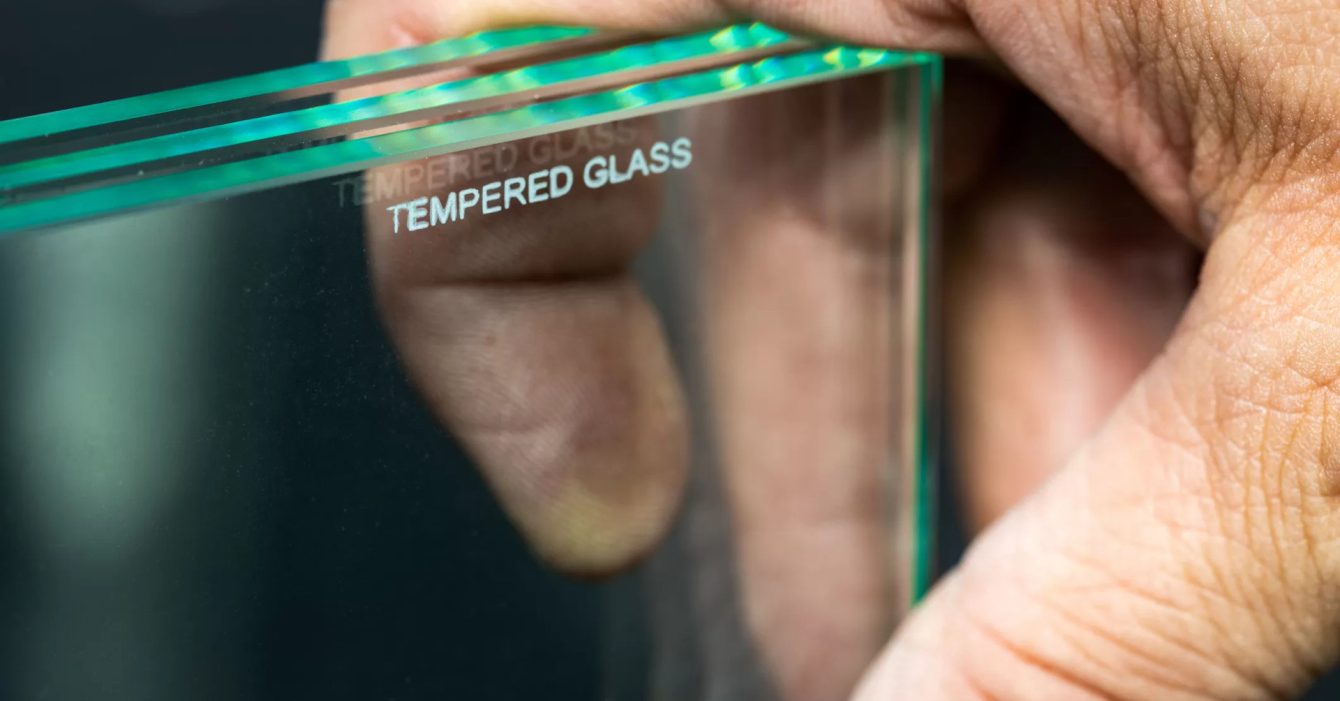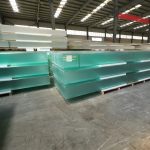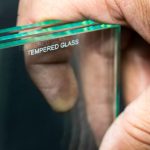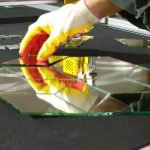Chemically tempered glass is mainly made of glass with a thickness of less than 3mm, which is mixed with high-purity potassium nitrate solution and matched catalyst and heated to about 420 degrees Celsius, and the potassium ions and sodium ions on the surface of the glass structure are exchanged to form a strengthening layer.
Due to the slow exchange rate of potassium and sodium ions, the exchange time varies from 4 hours to 10 hours in order to make the glass have a large stress value and meet the requirements of the stress layer thickness.
The depth of the compressive stress layer of chemically tempered glass generally varies from 5um ~ 25um, but Corning's Gorilla Glass and AGC's Dragon Trace Glass can increase the stress layer to 50um. The flexural strength can reach 600-800MPa.
White sheet finished product - QC inspection - cleaning treatment - chemical strengthening - insulation and cooling - cleaning and drying - packaging.
The main test method for the strength of chemically strengthened glass
a. Flexural strength of glass (CL) b. Impact strength of glass (CT) c. Compressive stress layer depth (DOL) of glass
Method 1: Use steel balls to test the impact strength of glass - falling ball breakage test
Method 2: Hydrostatic pressure test method. Use a thimble to increase the pressure in the center of the glass until the pressure value is at the moment when the glass breaks.
Method 3: Compressive stress layer depth test method - use a compressive stress tester to quantitatively measure the glass surface and calculate the pressure layer depth on the glass surface.





